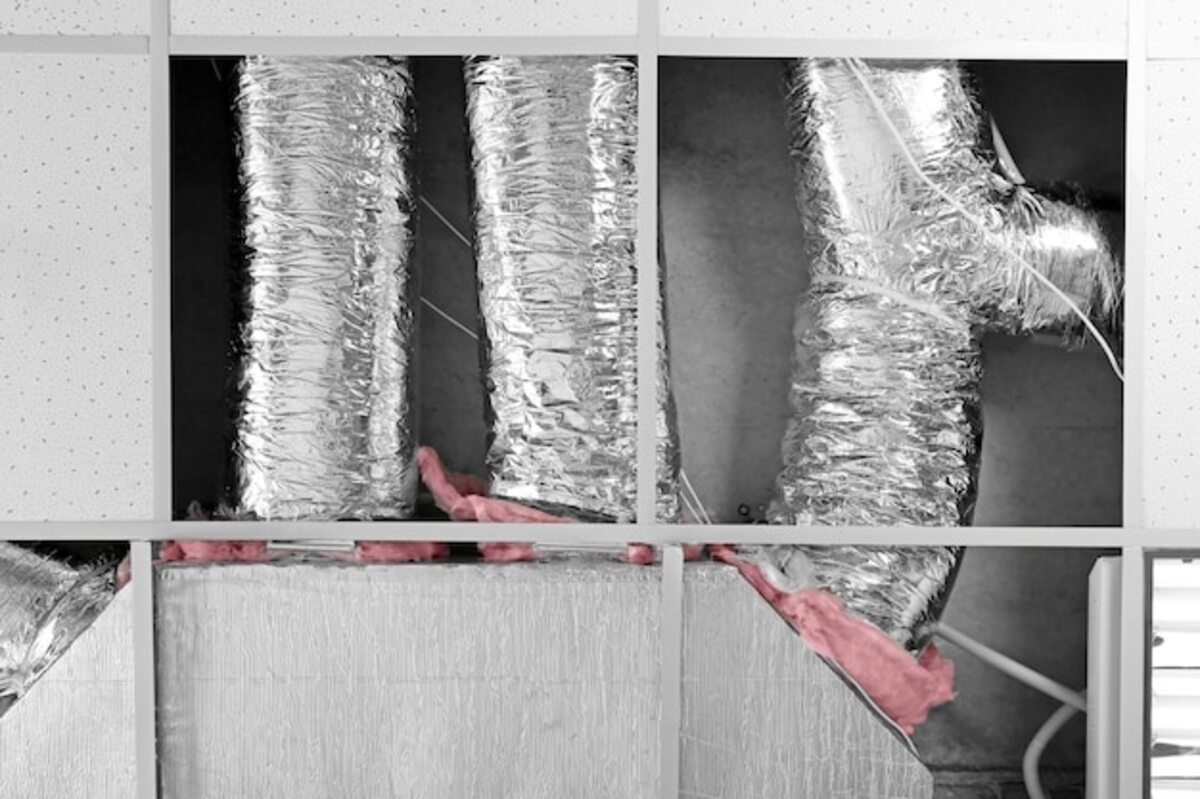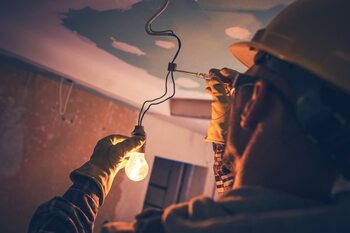Strategies for a consistently cool and energy-efficient home

Strategies to keep your home cool and energy-efficient are essential in a country like Costa Rica, where the climate can be warm and humid. Implementing basic maintenance practices not only improves your comfort but also reduces energy consumption, resulting in significant savings on your bills. In this article, we will explore various strategies that will allow you to enjoy a pleasant home without sacrificing energy efficiency. Discover how to transform your space into a cool and sustainable refuge!
1. Importance of thermal insulation in the home
Thermal insulation in the home is one of the most effective strategies for maintaining a cool and comfortable environment, especially in warm climates like that of Costa Rica. This type of insulation acts as a barrier that prevents the entry of external heat during the hottest months, allowing cooling systems to work less and, therefore, consume less energy. By reducing the amount of hot air that enters your home, not only is the indoor air quality improved, but it also contributes to a more efficient use of available energy resources.
Additionally, good thermal insulation has a direct impact on the sustainability of the home. By reducing the energy consumption needed to maintain comfortable temperatures, the carbon footprint associated with electricity use is reduced. This is not only beneficial for the environment but can also translate into significant savings on your monthly bills. Investing in suitable insulating materials and ensuring that your home is properly sealed can make a big difference both in your daily comfort and in the long-term well-being of the planet.
2. Cross ventilation: the key to a cool environment
Cross ventilation is an effective technique that allows air to circulate naturally through your home, taking advantage of air currents. To implement it, it is essential to open windows and doors strategically located on opposite sides of the house. This creates a constant flow that helps refresh spaces without the need to use air conditioning systems. In warm and humid climates like that of Costa Rica, this strategy not only improves indoor air quality but also reduces the feeling of stuffiness by allowing fresh air to enter and hot air to exit.
Additionally, optimizing cross-ventilation can be a simple and cost-effective solution to reduce energy consumption. By keeping windows open during the cooler hours of the day, such as in the morning and at sunset, you can minimize reliance on electric equipment to cool your home. It is also advisable to use strategically placed fans to enhance this airflow. With these simple adjustments in your home, you will enjoy not only a fresh and comfortable environment but also significant savings on your energy bills in the long term.
3. Intelligent use of curtains and blinds
The intelligent use of curtains and blinds is a key strategy for keeping your home cool and energy-efficient. By selecting lightweight fabrics and light colors, you can maximize the reflection of sunlight, which helps reduce indoor temperature. Curtains made from materials like linen or roller shades can be excellent choices, as they allow natural light to enter while blocking excessive heat. Additionally, installing adjustable blinds gives you the flexibility to control the amount of light coming in at any time of the day, thus optimizing thermal comfort without fully relying on air conditioning.
Another effective practice is to schedule the closing of curtains and blinds during the hottest hours of the day. Closing these windows strategically not only prevents heat from entering the space but also creates an insulating effect that can keep environments cooler for longer. Complementing this system with blackout curtains in bedrooms or areas where greater privacy is desired can further enhance energy efficiency by minimizing the need for artificial lighting during the day. With these simple adjustments in your home, you can enjoy a cool and welcoming environment while contributing to a more sustainable lifestyle.
4. Regular maintenance of air conditioning systems
Regular maintenance of air conditioning systems is crucial to ensure optimal performance and energy efficiency in the home. Cleaning or replacing filters frequently, for example, can significantly improve air circulation and reduce the load on the system, which in turn decreases electricity consumption. Additionally, it is advisable to check the condenser and evaporator coils to ensure they are not obstructed by dirt or dust, as this can affect cooling capacity and increase energy expenditure. A well-maintained unit not only cools better but also has a longer lifespan.
Another essential practice is to schedule regular reviews with a specialized technician. These inspections allow for the detection of minor issues before they turn into major failures, avoiding costly repairs and downtime in the heat. Additionally, a professional can make fine adjustments to the system's settings to optimize its performance according to your specific habits and needs. By investing time and resources in the proper maintenance of your air conditioning, you not only ensure a cooler and more comfortable indoor environment but also contribute to greater sustainability by reducing your energy footprint.
5. Choosing energy-efficient appliances
Choosing energy-efficient appliances is essential for achieving a cool and sustainable home. When acquiring new devices, it is vital to pay attention to energy efficiency labels, which indicate electricity and water consumption. Opting for appliances with high ratings, such as A++ or A+++, not only helps reduce environmental impact but also translates into significant savings on your monthly bills. These devices are designed to use fewer resources without compromising their performance, meaning you can enjoy modern convenience while keeping your home cooler and more efficient.
Additionally, consider the importance of inverter technology in appliances such as air conditioners and refrigerators. These models adjust their operation according to the needs of the environment, avoiding high peaks in energy consumption. By choosing products with this technology, you will not only improve the climate control of your home during the hottest days, but you will also contribute to a more sustainable lifestyle. The initial investment may be higher, but the long-term benefits in both comfort and energy savings make it worthwhile. So before making a purchase, research and compare options to ensure you make the best possible choice for your home.
6. Landscaping to improve external temperature
Landscaping plays a crucial role in regulating the external temperature of a home. By incorporating trees, shrubs, and strategically placed plants, you can create shade that reduces direct sun exposure on walls and windows, helping to keep the interior cooler. Additionally, green areas not only provide a more pleasant microclimate around your home but also contribute to better air quality and promote local biodiversity. Choosing native species adapted to the Costa Rican climate can be particularly beneficial, as they require less water and care, thus maximizing their effectiveness.
Another effective technique is to design vertical gardens or green roofs that not only beautify your home but also act as thermal insulators. These natural installations help reduce heat inside during the hottest days while adding a unique aesthetic touch. Additionally, considering elements like ponds or fountains can contribute to cooling the environment through water evaporation. Together, these landscaping practices not only improve the external temperature of your home but also promote a sustainable lifestyle connected to nature.
7. Sustainable practices to reduce the energy footprint
The adoption of sustainable practices at home not only contributes to environmental preservation but can also result in significant savings in energy consumption. One of the most effective strategies is the installation of solar panels, which allow harnessing solar energy to reduce dependence on conventional and costly sources. Additionally, choosing energy-efficient appliances is essential; these devices are designed to consume less electricity without compromising performance, resulting in a dual benefit: a smaller carbon footprint and lighter bills.
In addition to technological investments, there are simple habits that can make a big difference. For example, using LED bulbs and ensuring that lights and electronic devices are turned off when not in use are small but impactful actions. Likewise, improving home insulation helps maintain comfortable temperatures without constantly relying on air conditioning. Implementing these practices not only creates a cooler and more pleasant environment but also promotes a more conscious and environmentally friendly lifestyle. In the end, every action counts in the pursuit of an energy-efficient and sustainable home.



